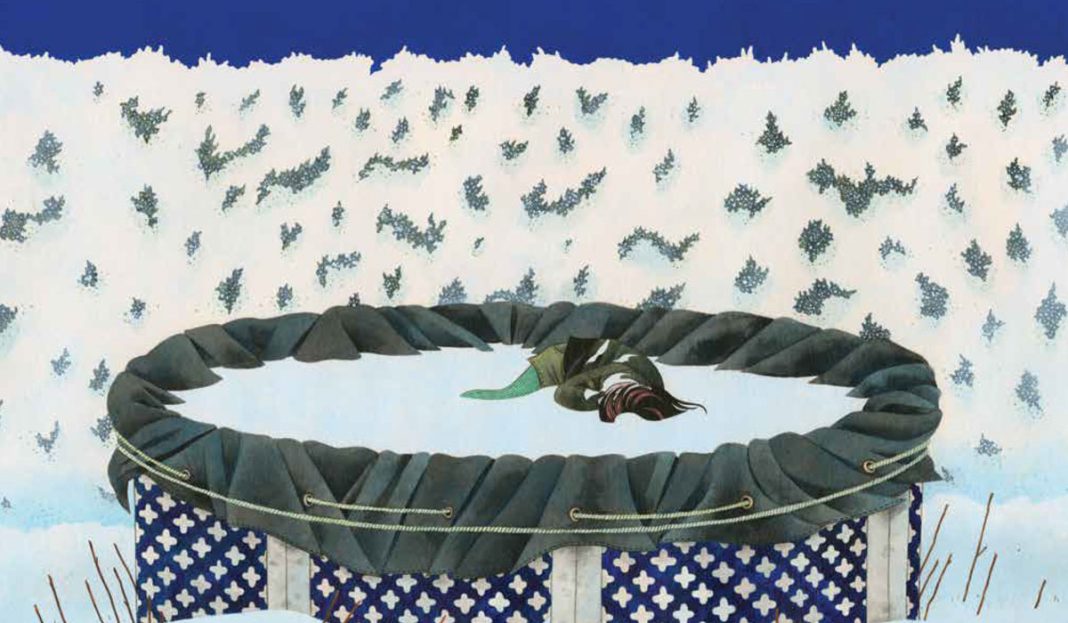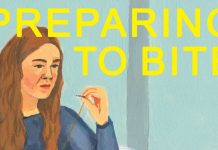
1981 to 2016 is the length of Castrée’s life. She was an artist across many, many disciplines. Comics, and printmaking and illustration. Music, to make songs for her comics, and then illustrations to accompany her songs. She could be known to you, or not. She was a creator whose presence was felt in independent circles, absent from mainstream spaces (she and her husband Phil Elverum, who curated this book, created their own spaces); but she couldn’t be contained by any one scene or place, so a niche in Canada, or one in the Northwest, a publisher out of Paris, exhibitions at Gallery Popotame in Japan. She was a sculptor, an organizer, an advocate, a poet. Castrée was a mother.
Her uncompromising set of morals paired with a bottomless curiosity was perfectly suited for the small press circles in the publishing world. You can watch her work evolve in the BD anthology Lapin. Having an outlet like that for her Ou the witch stories, where she could explore aspects of herself without the pressure of structure, she could let her mind wander around and have the truths she’s looking for reveal themselves in their own time. Some of them are kind of pleasant, or simple, and some dark and twisting. I think getting all those stories about herself on her own terms out taught her what was important to her as a storyteller. After exploring, she asks herself, what specifically can I do with sequential art? From that query you get the Goglu story and from that you get Susceptible, her memoir.

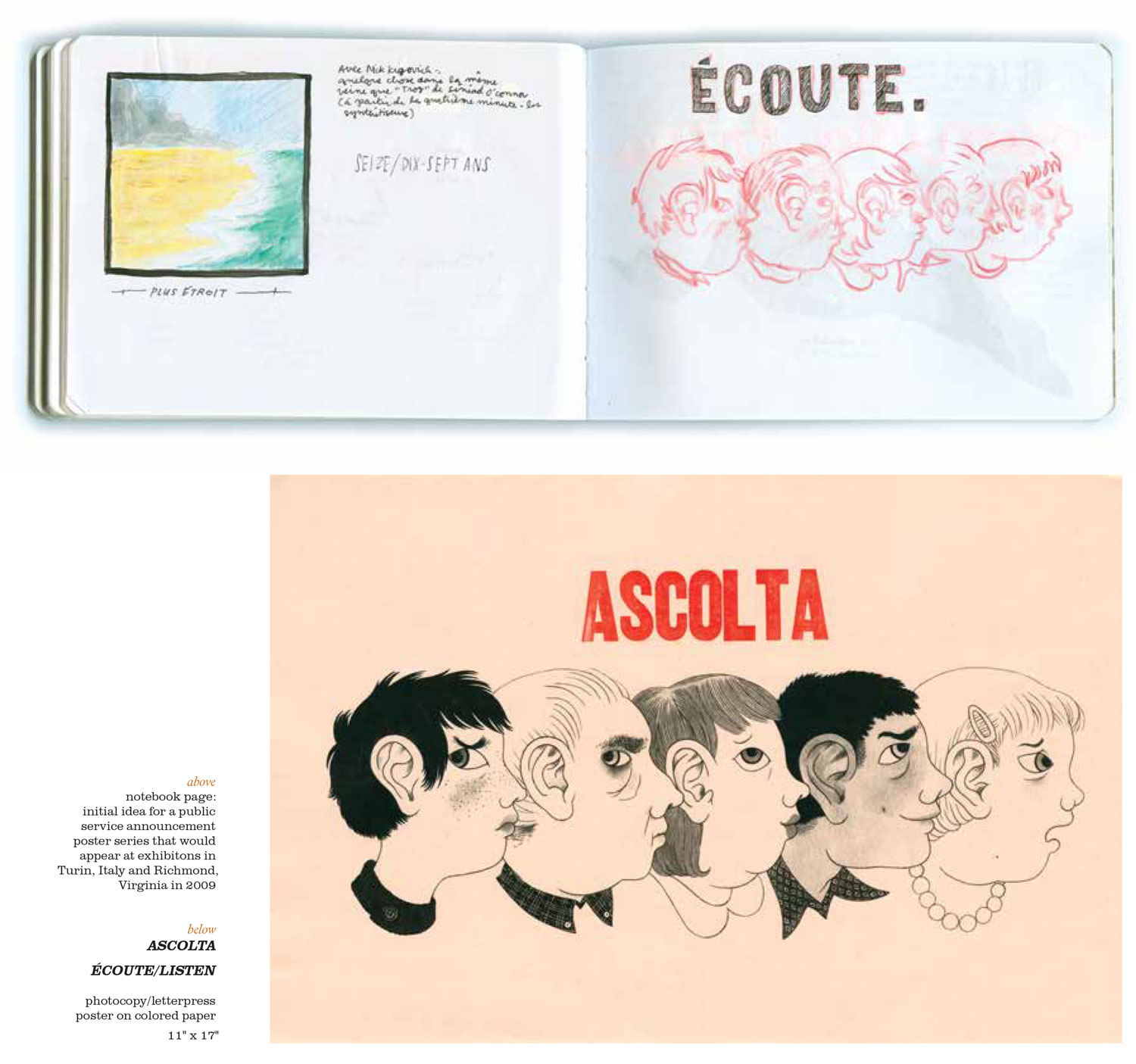
On the cover of Courses (the first of two albums recorded under the name Ô Paon), a night sky dominates, though the surf crashes against black sand below. The beach is buried in driftwood, to all edges and horizons, and buried under the driftwood are people. In the center, a fire, high flames and a thick plume of smoke that gives the moon a wide berth. It evokes calm and crisis, somewhere between fairy tale fantasies, the ornate proto-Deco visions of Ivan Bilibin, and memories of atrocity, the bodies piled behind the barn in Come and See.
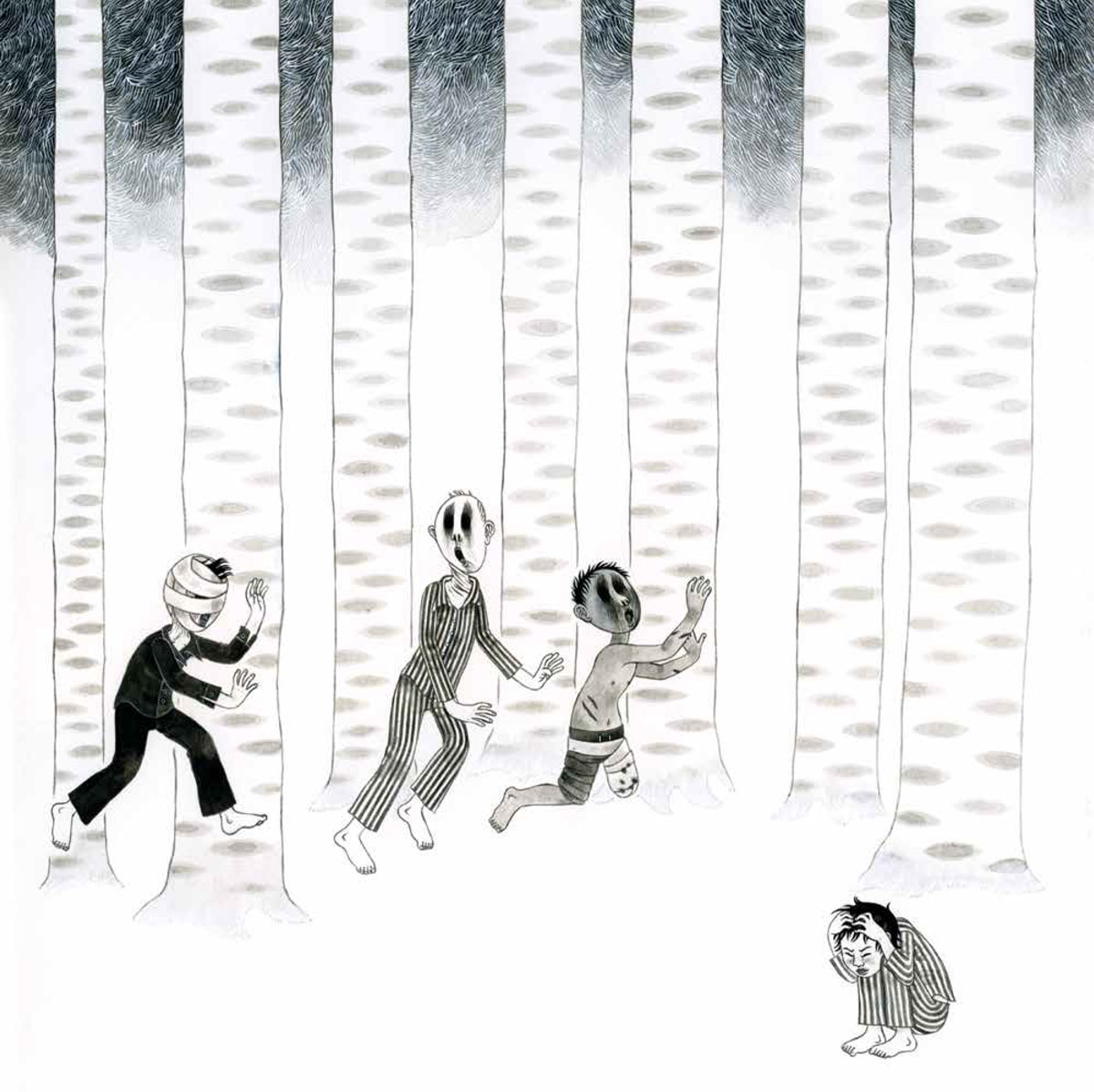
The read is emotionally challenging and visually exquisite. The craftsmanship is clear evidence that a great deal of time and thought went into every step of creation. Look at that lettering. Castrée has a signature unbroken noodle. Like a glass tube spelling it out in neon. The word balloons in Susceptible are a fleet of ghosts. I think that most artists, or true artists, they’re making the art for themselves at the heart of it no matter what story they’re telling. Not that it’s made to be read by no one, but instead the caveat, you are going to have to like how I do this.
Castrée loved comics and her approach uses a lot of structural basics without any of the actual structure. Postmodernism, sequence without panels, and text without balloons. Circles not squares. It works because she was drawn to and became familiar with how sequential art works, and so are we. The words, pictures, and page flows together formally/traditionally, following events as they unfold, and in an expressionist way, with esoteric layouts unchained from the grid.
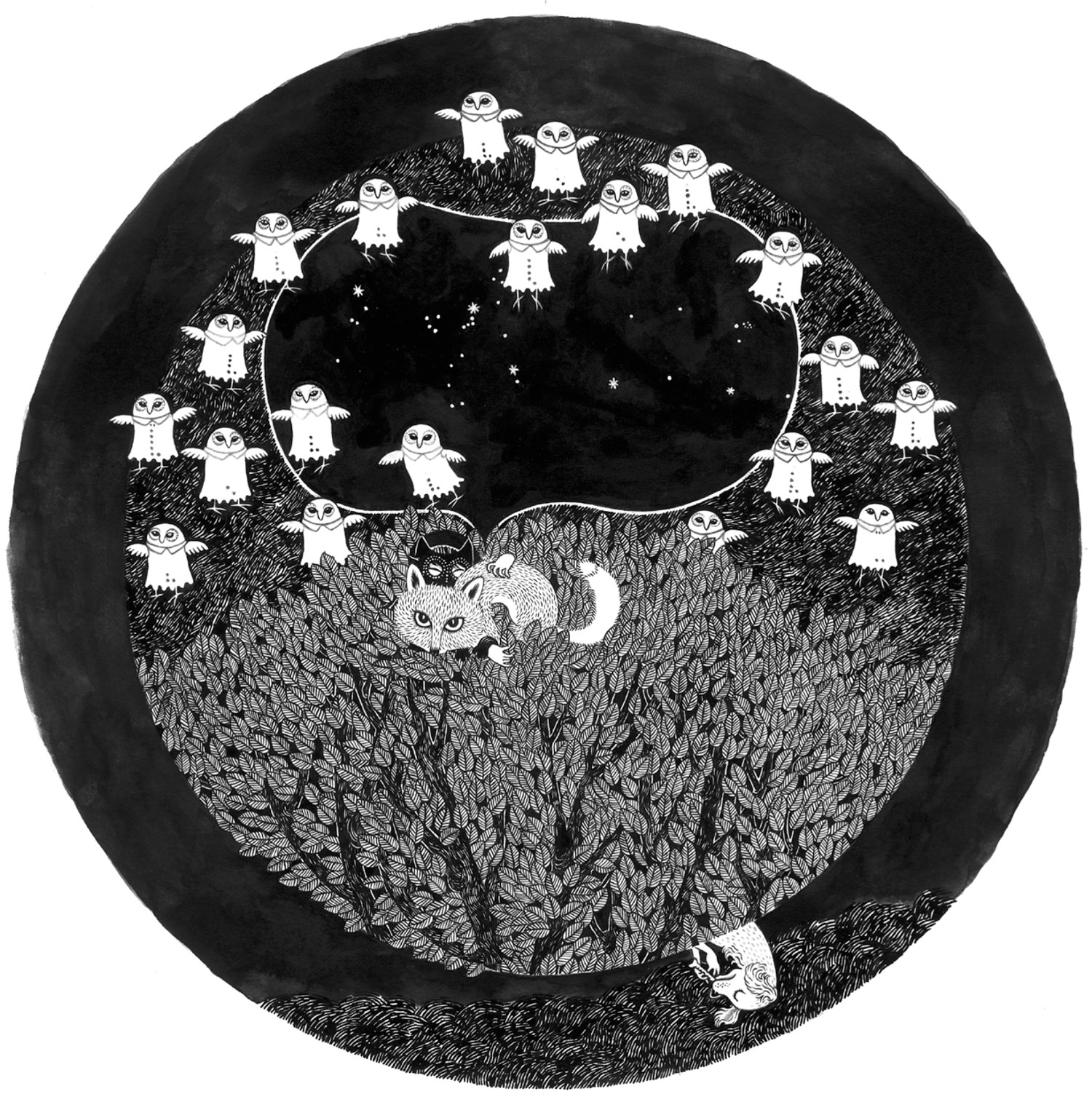
Getting to see the self-published zines loaded with Crass logos or the more overt tributes to Hergé is what I mean when I say a treasure trove of intimacy. Illustrations, posters, ideas finished and unfinished. The pear-shaped panda sings Brel with her own guitar accompaniment. Powerful simple collage becomes a set of oracle cards. Self portrait as Orion. T-shirt design for Popotame. Letterpress typesetting projects. Childhood drawings. Correspondence with Julie Doucet. Photos candid and professional, though some of the candid photos could be album covers, too. The flier she made when their cat got out. A note from her estranged father upon receiving her memoir.
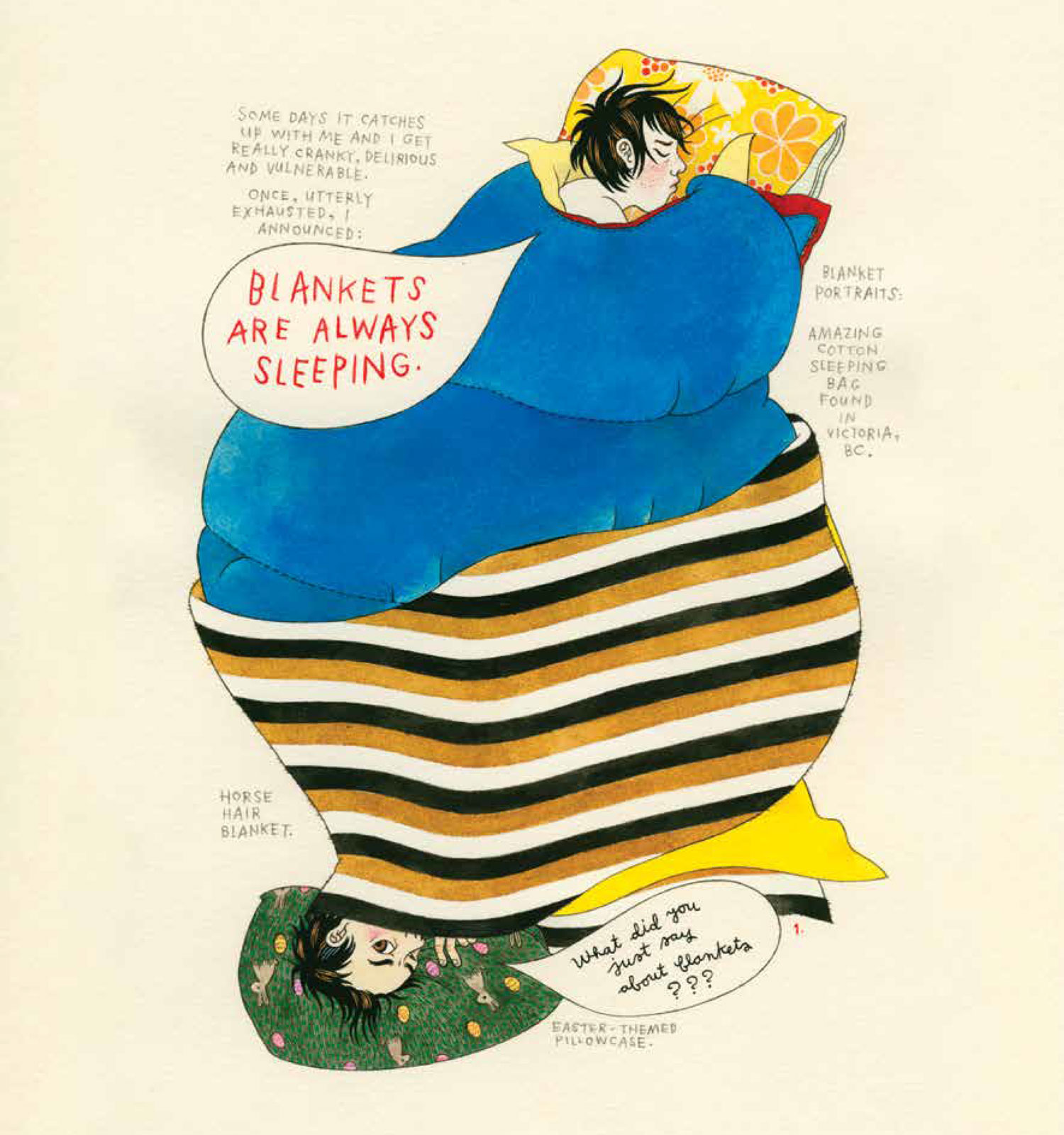
Geneviève Castrée: Complete Works 1981-2016 is indeed the whole journey for Castrée as an artist. Each step, minor or major, tells an important part of her story and here we get to see it all in unparalleled form, a curation of love and veneration and sophistication. Not an omnibus where all the issues are collated together, but an artists’ monograph. Cyril Pedrosa once talked about the temporality of making comics, the time put into making it versus the time put into reading it was more like writing an illuminated manuscript than writing. Susceptible was something that took a decade to produce, that you can finish in a long afternoon. To take Castrée’s life in a single draught is overwhelming to the head. And yet here we are. Within its pages, together we can still dream the same dream.
REVIEW: GENEVIÈVE CASTRÉE: COMPLETE WORKS
Geneviève Castrée: Complete Works 1981-2016
Written and illustrated by Geneviève Castrée.
Translated by Phil Elverum and Aleshia Jensen.
Edited and curated by Phil Elverum.
Published by Drawn and Quarterly.
Geneviève Castrée: Complete Works 1981-2016 is available from Drawn and Quarterly and wherever finer comics and books are sold.


